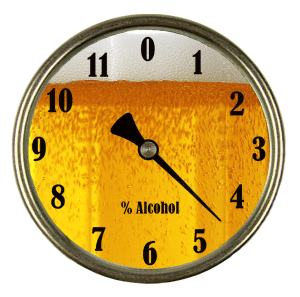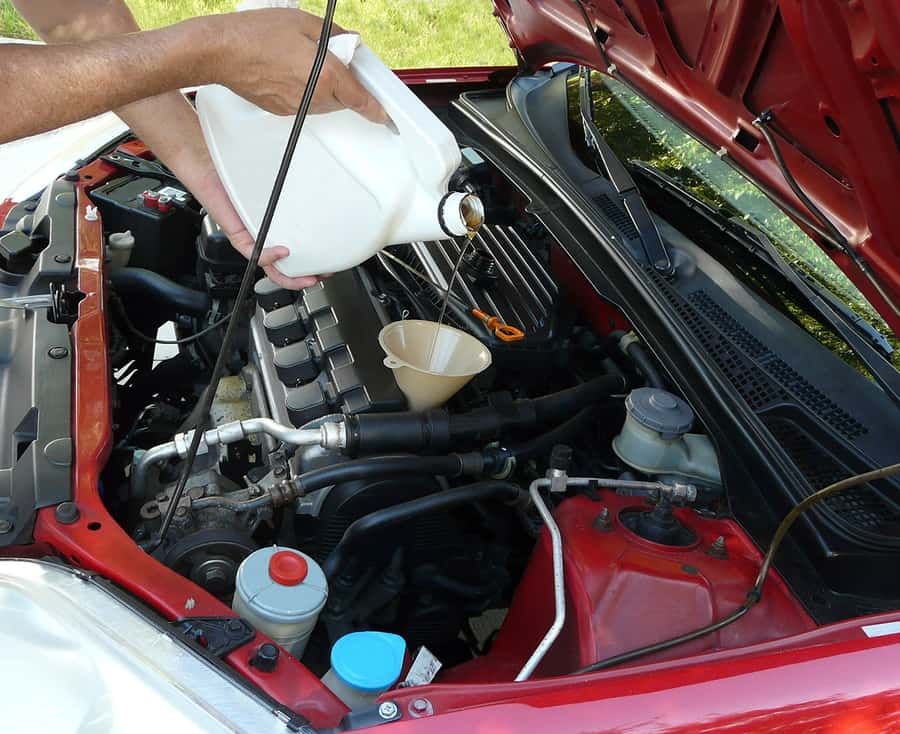 Most of us are familiar with drunk driving laws and the national legal blood alcohol concentration (BAC) limit that defines when a person is intoxicated. Each state in the U.S. abides by the .08 BAC standard for DUI, DWI or OWI definitions, but there are also states that go even further in restricting a person’s ability to drive if they’ve been drinking. Oklahoma, for example, can charge you with “impaired driving” even if you BAC is at a “buzzed” .05 percent.
Most of us are familiar with drunk driving laws and the national legal blood alcohol concentration (BAC) limit that defines when a person is intoxicated. Each state in the U.S. abides by the .08 BAC standard for DUI, DWI or OWI definitions, but there are also states that go even further in restricting a person’s ability to drive if they’ve been drinking. Oklahoma, for example, can charge you with “impaired driving” even if you BAC is at a “buzzed” .05 percent.
Since people react differently to alcohol, a person with a .05 BAC can be just as dangerous on the road as someone with a .08 BAC due to a loss of reaction time, muscle control and the ability to process information. In Oklahoma, this lower BAC can be prosecuted and will count toward an offender’s overall number of drunk driving convictions, even if it doesn’t hold the same penalties for a DWI.
If you are convicted of drunk driving with a BAC over .05 percent in Oklahoma, you’ll be looking at possible jail time, court fines and a license suspension. You may be required to install and maintain a car breathalyzer or ignition interlock device, as well, depending on the circumstances surrounding your arrest. If you have more than one drunk driving conviction on your record, regardless of your BAC, you will likely face harsher consequences in court.
Low BAC limit laws help limit the damage and destruction that can occur when a person has too much to drink before driving. These laws also discourage everyone from taking those risks even if they’ve only had a drink or two before heading home. When you’re drinking and you start to feel that “buzz” come over you, remember that Oklahoma law thinks you may not be sober enough to drive, and perhaps, you should take that as a sign to just call a cab for a safe ride home.

 Employment Exemption? Mechanics, Auto Technicians and Ignition Interlock Requirements
Employment Exemption? Mechanics, Auto Technicians and Ignition Interlock Requirements